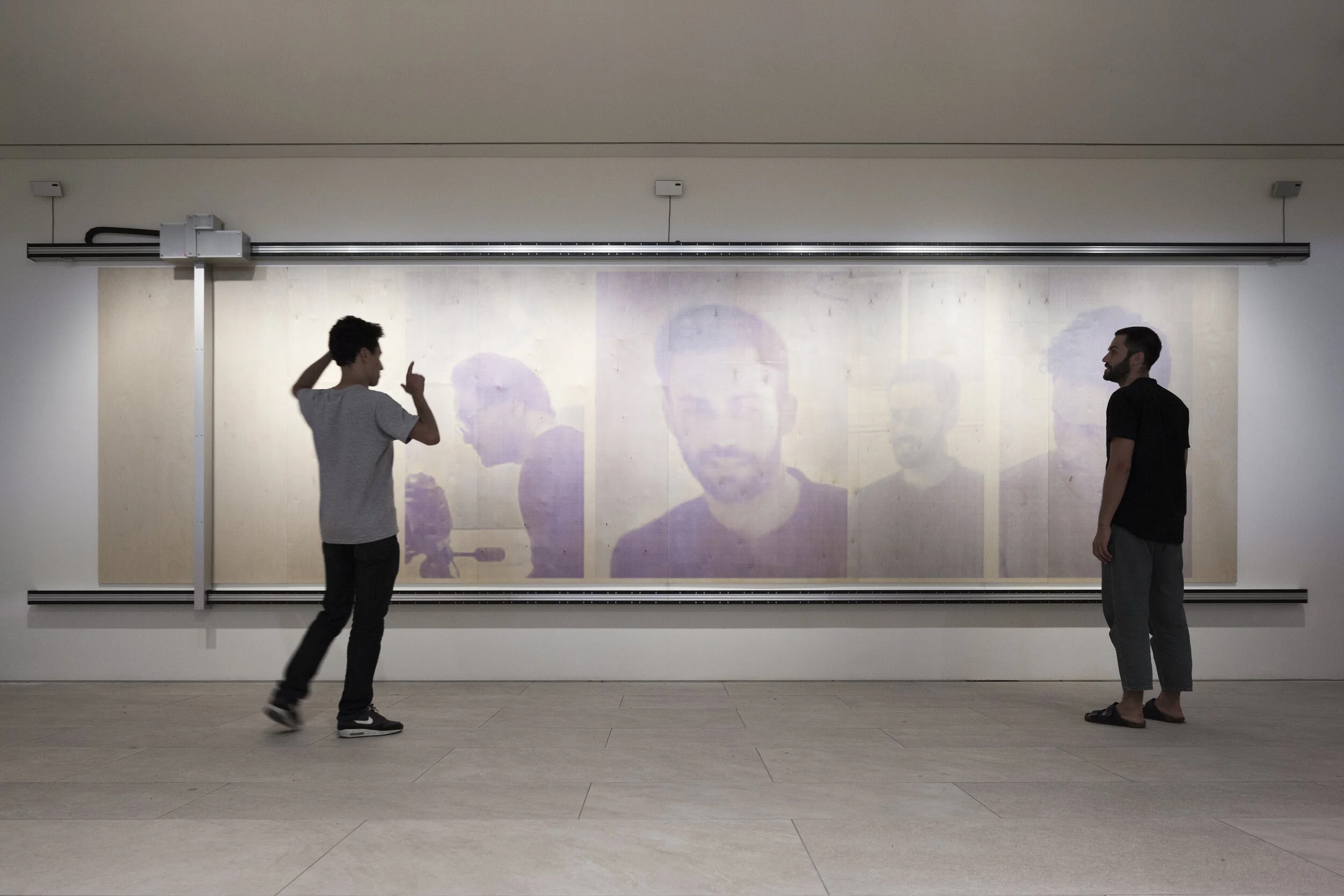The main point that stood out to me from this week’s reading was the wide prospects of the use cases surrounding computer vision.
To begin with, two artworks stood out to me for two varying reasons. Both artworks, however, expanded the scope of possibilities for me concerning the applications of computer vision within the context of art.
The first of these artworks is Rafael Lorenzo-Hemmer’s Standards and Double Standards (2004). This work piqued my interest due to its incorporation of space and inanimate objects which are activated through the help of computer vision. Personally, I find the overlap between the digital and the tangible to be an interesting area of focus so this work immediately caught my attention for its symbolic repurposing of an everyday object which is then given a sense of agency through programming that is supported by computer vision. Moreover, this work allowed me to consider the potential of using computer vision without requiring a visual output based on the data that the program is using. For example, in Krueger’s Videoplace, the user can see a visualisation of the input that the computer vision system is receiving (their silhouette) and it becomes central to the work. Conversely, Standards and Double Standards makes use of the input internally in order to trigger an another action. Finally, I definitely appreciated that this work does not feature a screen (!) as I feel that it has become an overly predictable method of presenting interactive art.
That being said, the next work that I have identified is Christopher Moller’s Cheese (2003) – an installation which solely presents screen-based work. While I do feel that this installation is an exception to the statement above (due to its bold imagery and simple presentation (and the fact that the work itself is not interactive)), what stood out to me was not the effectiveness of the work itself but the technical implications concerning the computer vision system that made the work possible. Considering the exponential development of technology, and the fact that the work was produced over two decades ago, one can’t help but wonder what can be done with facial recognition technology today. The reading mentioned how sophisticated the computer vision system needed to be in order to recognise slight changes in emotion and provide a response (albeit a simple one).

This has lead me to ponder what is possible with facial recognition technology (and computer vision as a whole) within the artistic space today. I was reminded of an installation produced in 2019 which I had looked at for another class entitled Presence and Erasure by Random International. As part of my presentation on this work I discussed the concept of consent within interactive art and, as an Arab and a Muslim, I immediately recognised that such a work would may not be able to exist in certain parts of the world (such as this one) as a result of social and cultural beliefs. Ultimately, going down this rabbit hole as led me to consider the endless possibilities we have with today’s technology but it has also helped me understand that just because you can pursue an idea, does not always mean that you should.

